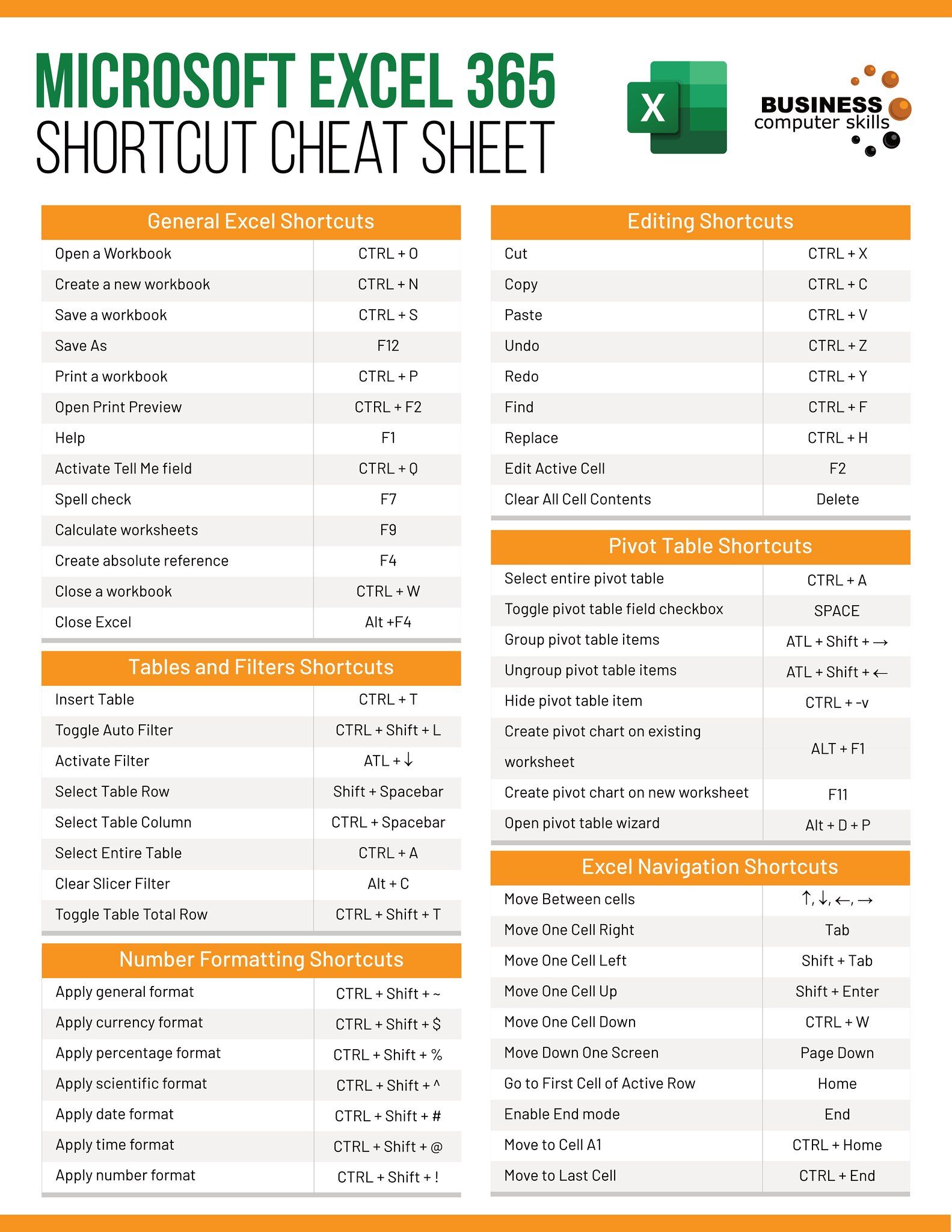5 Tips for Matching Excel Sheet Data Easily

When working with Microsoft Excel, efficiently matching data between sheets can save you hours of manual labor and significantly reduce errors. Whether you're comparing sales figures, syncing product databases, or merging customer lists, the ability to match data seamlessly is crucial. Here are five effective tips to help you match Excel sheet data with ease:
1. Utilize VLOOKUP and XLOOKUP Functions

Excel’s lookup functions are indispensable for matching data:
- VLOOKUP: This function searches for a value in the first column of a table and returns a value in the same row from another column. The syntax is:
VLOOKUP(lookup_value, table_array, col_index_num, [range_lookup]) - XLOOKUP: A newer and more versatile function that can search in any column, not just the first, and offers more flexibility with its return capabilities. Here’s how it’s structured:
XLOOKUP(lookup_value, lookup_array, return_array, [if_not_found], [match_mode], [search_mode])
Both functions are perfect for matching data based on unique identifiers like employee IDs or product codes.
📘 Note: Ensure the ‘lookup_value’ exists in the ‘lookup_array’ or you might receive errors.
2. Leverage Excel Tables for Dynamic Data Matching

Excel Tables automatically expand when new rows are added, making them ideal for dynamic data matching:
- Convert your data range into a table by selecting the data and pressing Ctrl + T.
- Use structured references (like
=[@[Employee ID]]) for a cleaner and more readable formula.
Tables provide automatic formatting, filtering, and column headers, enhancing readability and making updates simpler.
3. Use Index-Match Combination for Flexible Matching

The INDEX and MATCH combination offers more flexibility than VLOOKUP, especially when dealing with non-adjacent columns or rows:
- MATCH: Finds the position of a lookup value within a range.
=MATCH(lookup_value, lookup_array, [match_type]) - INDEX: Returns the value at a specific intersection in a table based on the MATCH function’s result.
=INDEX(array, row_num, [column_num])
This method can match data from multiple tables or sheets, regardless of their physical order.
4. Conditional Formatting for Visual Matching

Excel’s conditional formatting allows you to visually identify matches or mismatches between data:
- Select the range where you want to apply conditional formatting.
- Navigate to ‘Home’ > ‘Conditional Formatting’ > ‘New Rule’ and choose ‘Use a formula to determine which cells to format’.
- Use a formula like:
A1=INDEX(Sheet2!A:A,MATCH(A1,Sheet2!A:A,0))
This formula highlights cells in Sheet1 that match values in Sheet2, based on column A.
💡 Note: Conditional formatting can be memory intensive, so use it judiciously with large datasets.
5. Employ Power Query for Advanced Data Matching

Power Query, an Excel add-in, offers advanced data manipulation:
- Import data from various sources and transform it before matching.
- Use the ‘Merge Queries’ feature to join data from different sheets or tables:
- From the ‘Home’ tab in Power Query Editor, choose ‘Merge Queries’.
- Select the keys for matching, similar to database joins (e.g., Left Outer, Full Outer).
- Power Query can handle fuzzy matching, which is useful for dealing with data inconsistencies.
By mastering these techniques, you can streamline your data analysis workflow, ensuring that your data is matched accurately and efficiently. Matching data in Excel not only enhances data integrity but also saves time, allowing you to focus more on making strategic decisions based on the insights derived from your data.
💬 Note: Regularly clean and standardize your data to improve the effectiveness of these matching techniques.
Enhancing your proficiency with these tools will transform how you work with Excel, leading to more accurate data analysis and reporting. Matching data effectively can prevent costly mistakes, enable seamless data integration, and provide a foundation for sophisticated data manipulation and analysis.
What is the difference between VLOOKUP and XLOOKUP?

+
VLOOKUP is limited to searching the first column of a table for a lookup value and can only return a value from the same row. XLOOKUP is more flexible, allowing searches in any column, supports both horizontal and vertical searches, and has error handling capabilities.
How can I improve the performance when matching large datasets in Excel?

+
To improve performance, use Excel’s Data Model, minimize the use of volatile functions, consider using Power Query for handling large datasets, and split data into smaller manageable chunks if possible.
Can I match data between Excel sheets without formulas?

+
Yes, you can use Excel’s Power Query (Get & Transform Data) to merge data from different sheets without traditional formulas. It offers a GUI for data transformation and merging, including handling of fuzzy matches and errors.